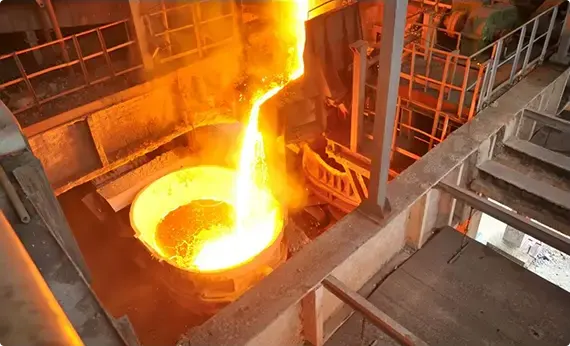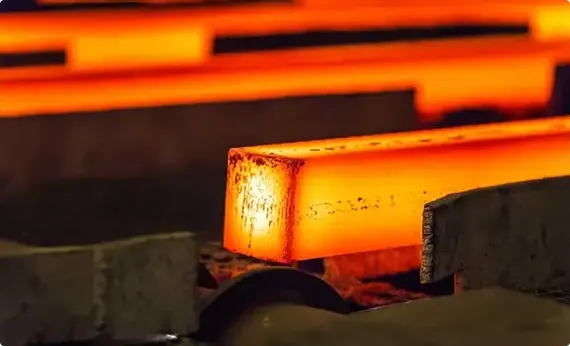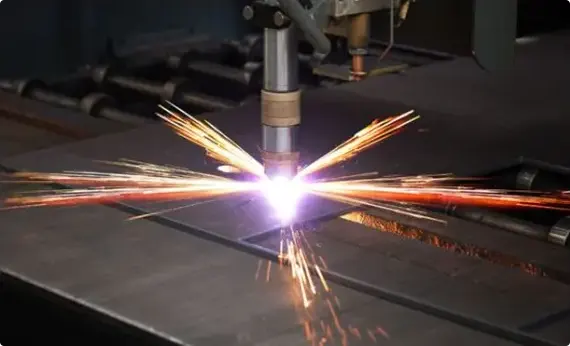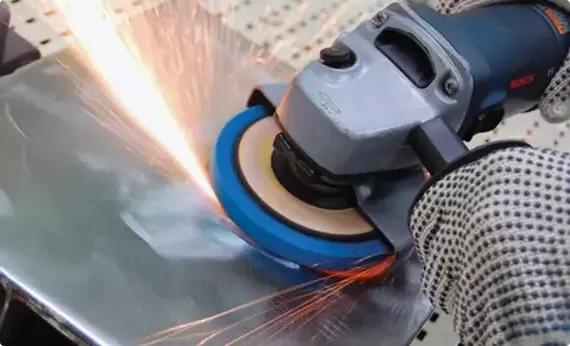
SUS 410 Applications
Knives and Blades: Due to its high hardness and wear resistance, SUS 410 is often used to manufacture various industrial knives and blades. Machinery Parts: SUS
Knives and Blades:
Due to its high hardness and wear resistance, SUS 410 is often used to manufacture various industrial knives and blades.
Machinery Parts:
SUS 410 is widely used in the manufacture of machinery parts, such as gears, bearings and valves.
It is also suitable for high-stress parts such as blades, sleeves and valve parts of steam turbines and gas turbines.
Automotive Industry:
SUS 410 is used to manufacture automotive parts such as exhaust systems, brake systems and chassis parts.
Due to its high strength and relatively light weight, especially its ability to absorb less energy than other metal materials after impact and its good safety performance, it is a key material used in the automotive transportation industry.
Aerospace:
SUS 410 is used in aerospace equipment such as aircraft engine parts.
Medical Devices:
The corrosion resistance and wear resistance of SUS 410 make it an ideal choice for the manufacture of medical devices such as surgical instruments, implant devices and artificial joints.
Corrosion-resistant Applications:
SUS 410 is also suitable for the manufacture of parts that are resistant to corrosion by the atmosphere, water vapor, water and oxidizing acids.
Other fields:
SUS 410 is also used in petrochemical equipment, fasteners, control rod mechanisms of nuclear reactors, etc.
In terms of material selection, SUS 410 (13Cr) has good corrosion resistance and machinability, and is a general-purpose steel and cutting tool steel. In addition, according to specific application requirements, there are variants such as 410S (improved corrosion resistance and formability), 410F2 (lead free-cutting steel without reducing corrosion resistance) and 410J1 (high-strength steel with further improved corrosion resistance) to choose from.
It should be noted that although SUS 410 has many advantages, it also has some disadvantages, such as relatively poor corrosion resistance, so it is not suitable for applications in highly corrosive environments. In addition, since it is a martensitic stainless steel, it has disadvantages such as poor plasticity, significantly reduced plasticity and corrosion resistance after welding, which need to be considered in the application.
stainless steel processing
The manufacture of stainless steel involves a series of processes. First, the steel is melted, and then it is cast into solid form. After various forming steps, the steel is heat treated and then cleaned and polished to give it the desired finish. Next, it is packaged and sent to manufacturers, who weld and join the steel to produce the desired shapes.

Melting and Casting
The raw materials that constitute a stainless steel item are placed together and melted in a giant electric furnace. Intense heat is applied rigorously for a period of 8 to 12 hours during this step. Once the melting is complete, the molten steel is cast into desired semi-finished forms. Some of the most common forms or shapes include slabs, blooms (rectangular shapes), billets (these could either be round or square), rods, and tube rounds.

Forming
In the second stage, the semi-finished steel shapes undergo a series of forming operations. For instance, the stainless steel is hot rolled (heated and passed through enormous rolls). The blooms and billets mentioned above are converted to bar and wire. The slabs on the other hand are formed into plates, strips or sheets. It is very common to turn semi-finished steel shapes into bars, as it is the most versatile stainless steel form (it comes in all grades and sizes). You have round, square, octagonal, and hexagonal bars, each suitable for a different type of application.

Heat Treatment
The various stainless steel forms undergo a thorough annealing process during this step. Annealing is another name for heat treatment where the stainless steel is heated and cooled in a controlled environment. The purpose of this heat treatment is to relieve the pent-up stress inside the stainless steel and soften the material to make it more suitable for a wide variety of applications. The people in charge of carrying out the annealing process have to be very careful about the conditions as even the slightest of changes in the temperature, pressure, duration, or cooling rate could result in a faulty product.

Descaling
During the annealing process, a certain amount of scale appears on the surface of the stainless steel. This scale can be removed using a number of different processes that are collectively known as descaling. Pickling is one of the more common methods of carrying out the descaling process.

Cutting
The semi-finished, heat-treated, and descaled stainless steel forms are cut into specific shapes in this step. Mechanical cutting is performed with the aid of guillotine knives, blanking, nibbling, and high-speed blades.

Finishing
Finishing is applied to help the stainless steel product achieve its signature aesthetically appealing appearance. Finishes are also needed to make the stainless steel product smooth and easier to clean, which is a top requirement in sanitary applications.
